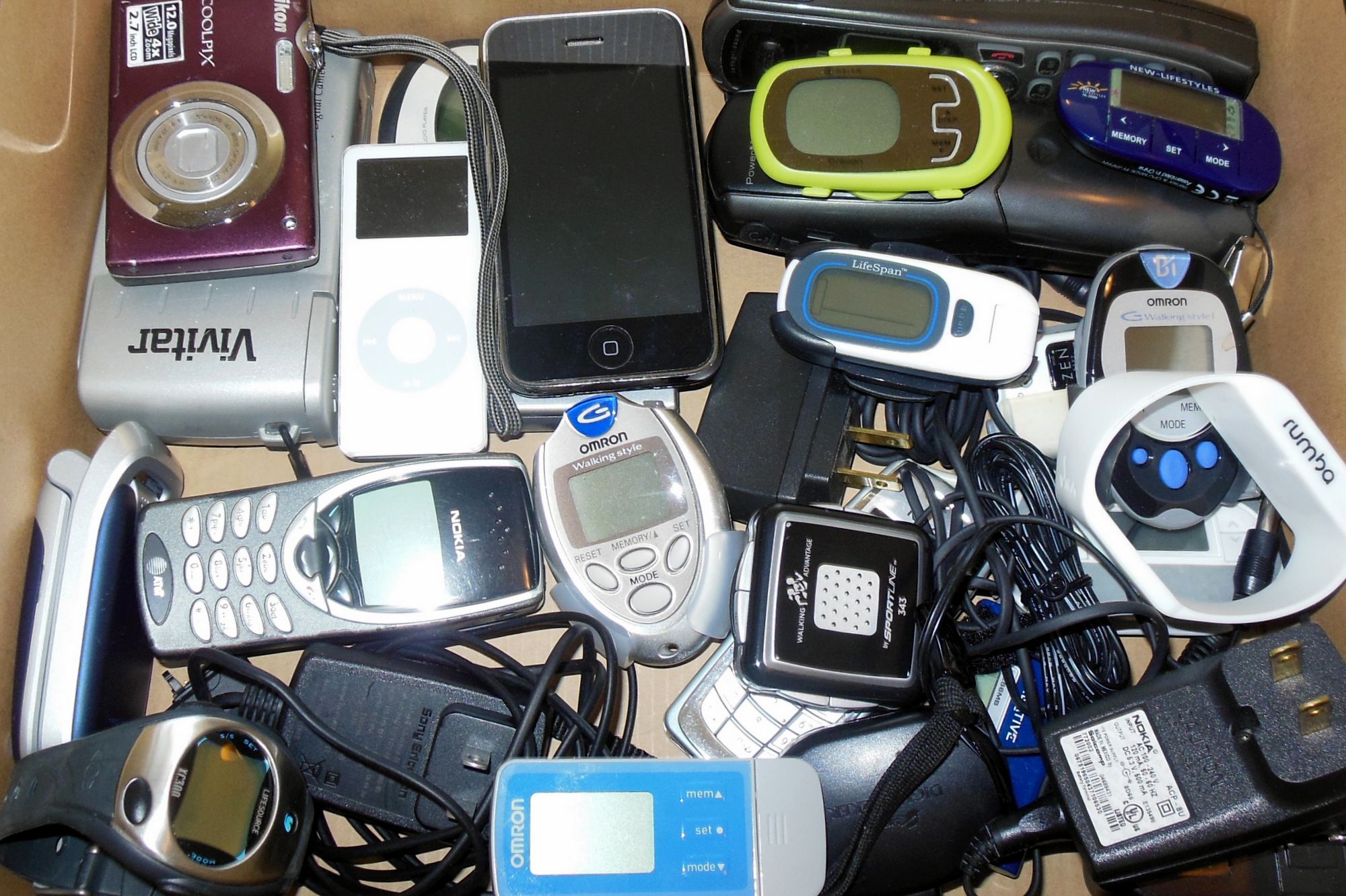
- Related Articles
- suite logos
- Ten approaches to paintings better with G Suite
- wi-fi visitors move rushing down the road.
- The wireless road warrior’s vital manual
- AR/augmented truth – VR/virtual fact – organization mobile – digital show
- How AR and VR will change agency mobility
- See all Insider
Amid federal personnel’s growing use of cell gadgets for work, U.S. Defense and intelligence companies are rapidly adopting biometrics and other opportunity methods of computers, smartphones, and pills, in line with a new record. More than ninety% of federal enterprise IT officers in a web survey said their agencies provide cozy mobile get entry to paintings-issued gadgets; however, less than 20% aid employees’ devices to gain access to maximum employer structures. Forty percent of those equal officers voiced concern about securing non-public devices, in line with the web survey of federal authorities’ IT and cybersecurity officers. The survey determined that among national people: 33% depend upon non-public laptops, 49% rely on private smartphones, and seventy four% depend on private capsules for work – even though federal company IT managers do not support most of those devices.

Federal mobile protection Cyberscoop/Fedscoop
Additionally, the handiest 25% of federal officers surveyed stated they had got fully applied methods to secure endpoints (including endpoint detection and reaction, the network receives entry to control, quit-to-give-up encryption, and alertness control). Even so, the U.S. Government is outpacing the personal region in deploying the modern-day endpoint mobile safety era, a survey study revealed. The survey of 167 respondents was funded with the aid of Samsung and was performed via online guides CyberScoop and FedScoop. Responses confirmed that more than 1/2 of federal agency IT officials fear approximately cyberattacks using cell devices to gain access to enterprise networks.
While 6 in 10 IT officers said that securing authorities-issued or non-public cell devices is a top difficulty over the subsequent 12 to 18 months, many can be overlooking technology they already should cope with security issues, which includes modern client mobile devices that aid biometrics, containerization, and derived credentialing. Derived credentials refer to non-public identification verification (PIV) cards or not unusual to get admission to card (CAC) era embedded on a mobile device instead of a physical card.
Federal mobile protection Cyberscoop/Fedscoop
One top wants to be indicated with the aid of those surveyed: to centrally control and configure cell devices and remotely lock down devices and get better records if a breach occurs.
Federal mobile safety Cyberscoop/Fedscoop
“And they need more steering on emerging protection threats, meeting federal protection mandates and technical support for securing gadgets,” the file said. One hassle with counting on client-primarily based security measures is that it does not meet government requirements, consistent with Patrick Hevesi, a Gartner research director.
Consumer biometrics, including fingerprint readers and facial popularity on cell devices, no longer generally meet the federal government’s better hardware and software program standards. “To try to get authorities-grade biometrics into a cellphone, the prices might be astronomical,” Hevesi stated. “So those in the iPhone, the Android phones are still not government degree.” Federal groups additionally face a ramification of limitations to securing endpoint gadgets; price range funding, bulky approval strategy, loss of inner knowledge, and the want for extra steerage on rising threats and the technical guide were some of the most customarily stated obstacles.
Federal mobile safety Cyberscoop/Fedscoop
End factor protection has historically focused on Linux, Windows, or macOS desktops and laptops, especially within anti-malware software programs. That, but the handiest scans for recognized awful documents or apps and blocks them. Because cellular devices are architected differently, anti-malware has not been an effective protection measure, Hevesi said. “Now, due to the fact so much is going on on these iPads, iPhones, and Androids, they want for additional [threat defense] skills is vital,” Hevesi said.













